World War II in Color
December 6th, 2022
4 minute read
I’m an avid researcher of historical military photos. I enjoy searching for rare and hidden gems that might not have been seen for decades. In my work, I’ve seen that there were a tremendous number of images captured during World War II, and among those many millions there is a reasonable percentage of color photos.
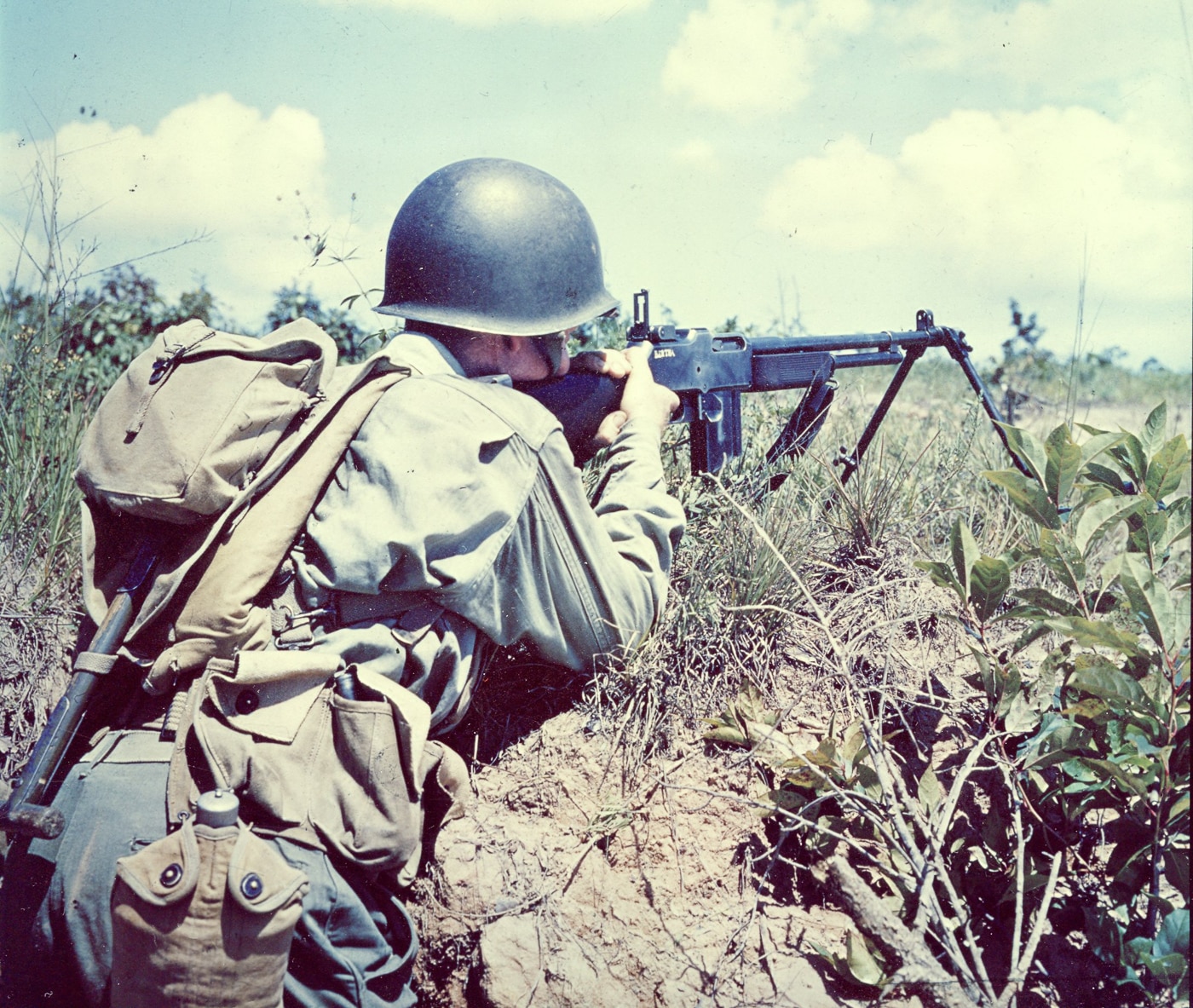
But while wartime color photos are relatively common, the images that show the nitty-gritty details of infantry equipment, particularly firearms, are frustratingly rare. This is where my, and likely your, main area of interest is.
Color Commentary
Even though color photography was not new when World War II began, color film was still a specialty item, and few photographers were experienced with the nuances of color picture-taking.
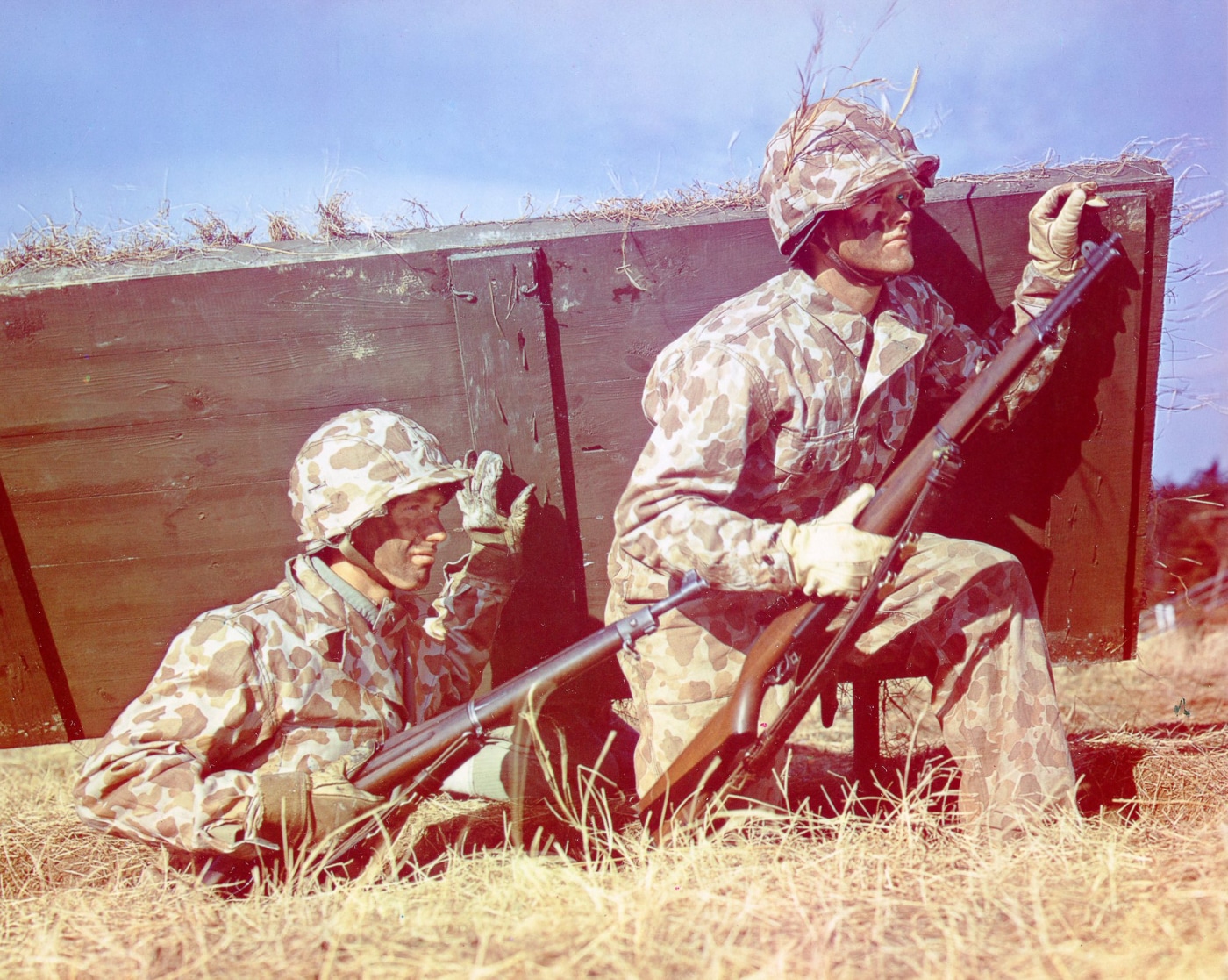
The critical sequence of film, camera and processing was still variable, and ultimately fragile. For a World War I color photo or cine film to work out well, every link in the production chain needed to be right, with background conditions close to perfect.
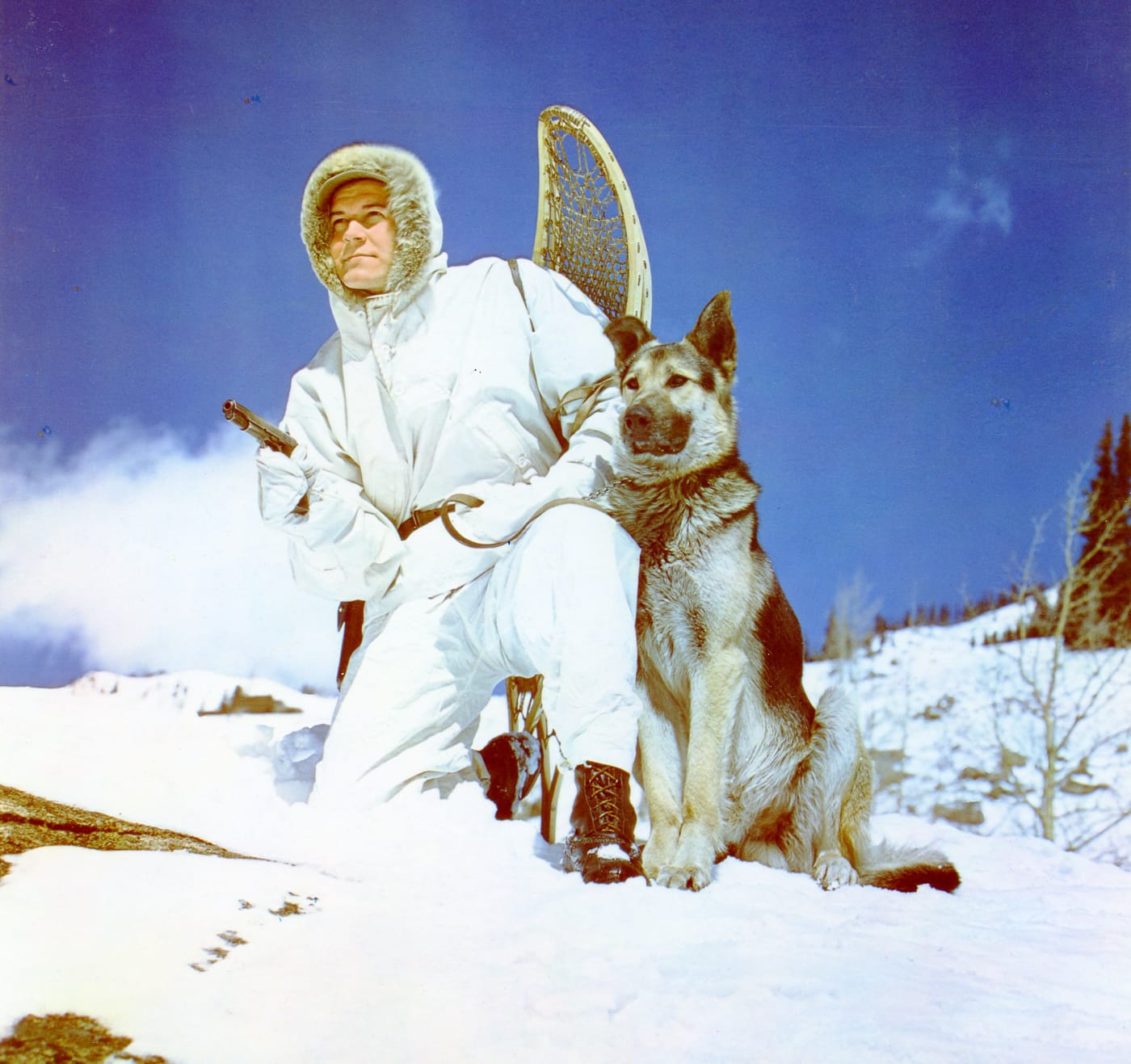
The U.S military took the largest amount of color photos during World War II, with Germany creating the second most. The quality of the American images is all over the map, ranging from murky, colorized mud to jaw-droppingly pristine. German color is much more consistent in quality, although, to my eye, it is also a bit washed out in most images.
Color photos from England are hard to find, and color images from Japan, the Soviet Union and Italy are particularly rare. Surprisingly, Finland used high-quality color film and their photographers documented the Continuation War with the USSR complete with a good number of excellent color images.
The Details
In the United States, Eastman Kodak introduced Kodachrome for cinematography and still photography during 1935. In Germany, Agfa created “Agfacolor Neu” in response. Agfacolor featured much simpler processing, while Kodachrome required special processing equipment and could only be handled at a Kodak lab.
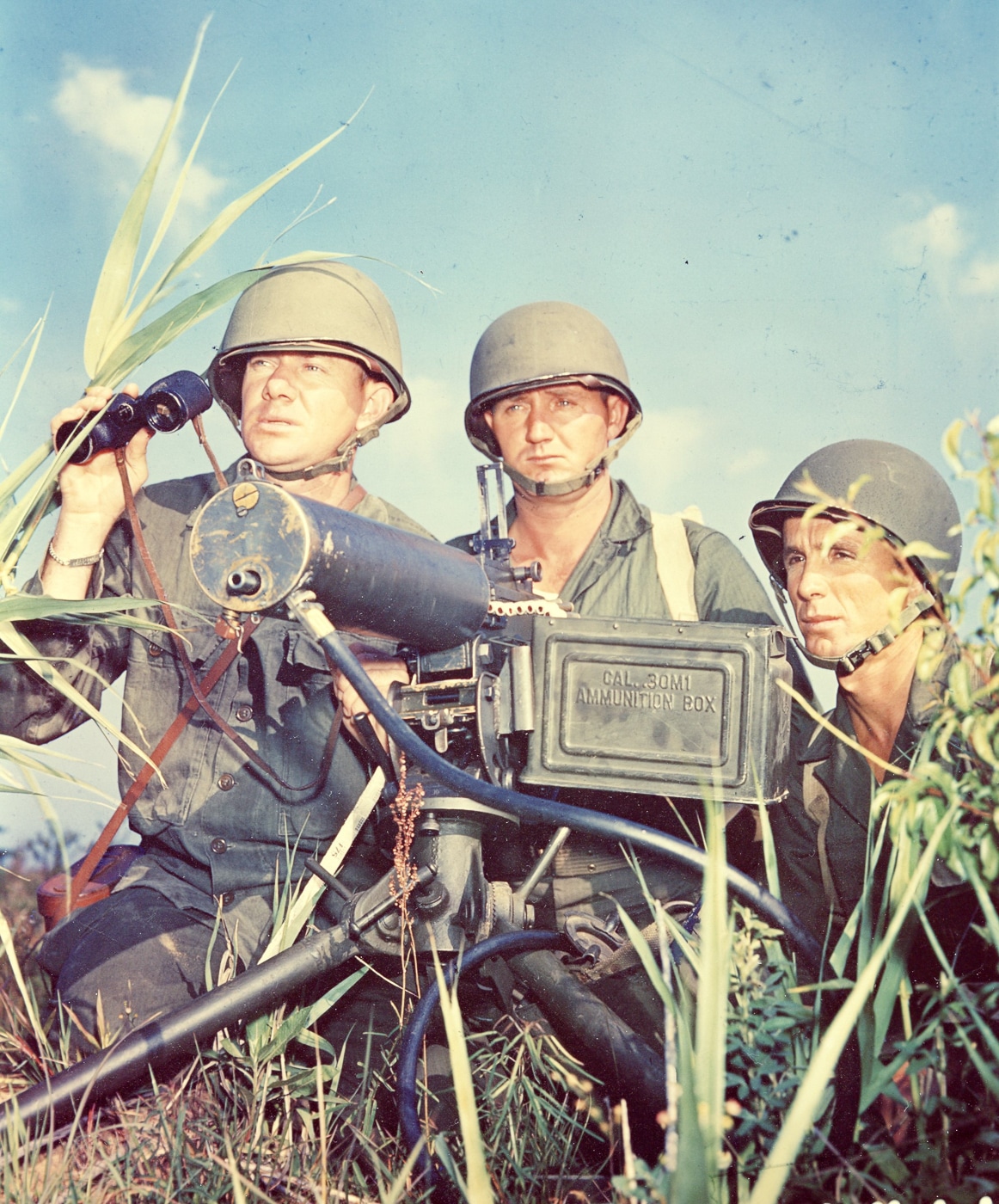
On the other hand, vintage Kodachrome film has generally retained its image integrity, while its contemporary color film emulsions have faded, often turning magenta or orange.
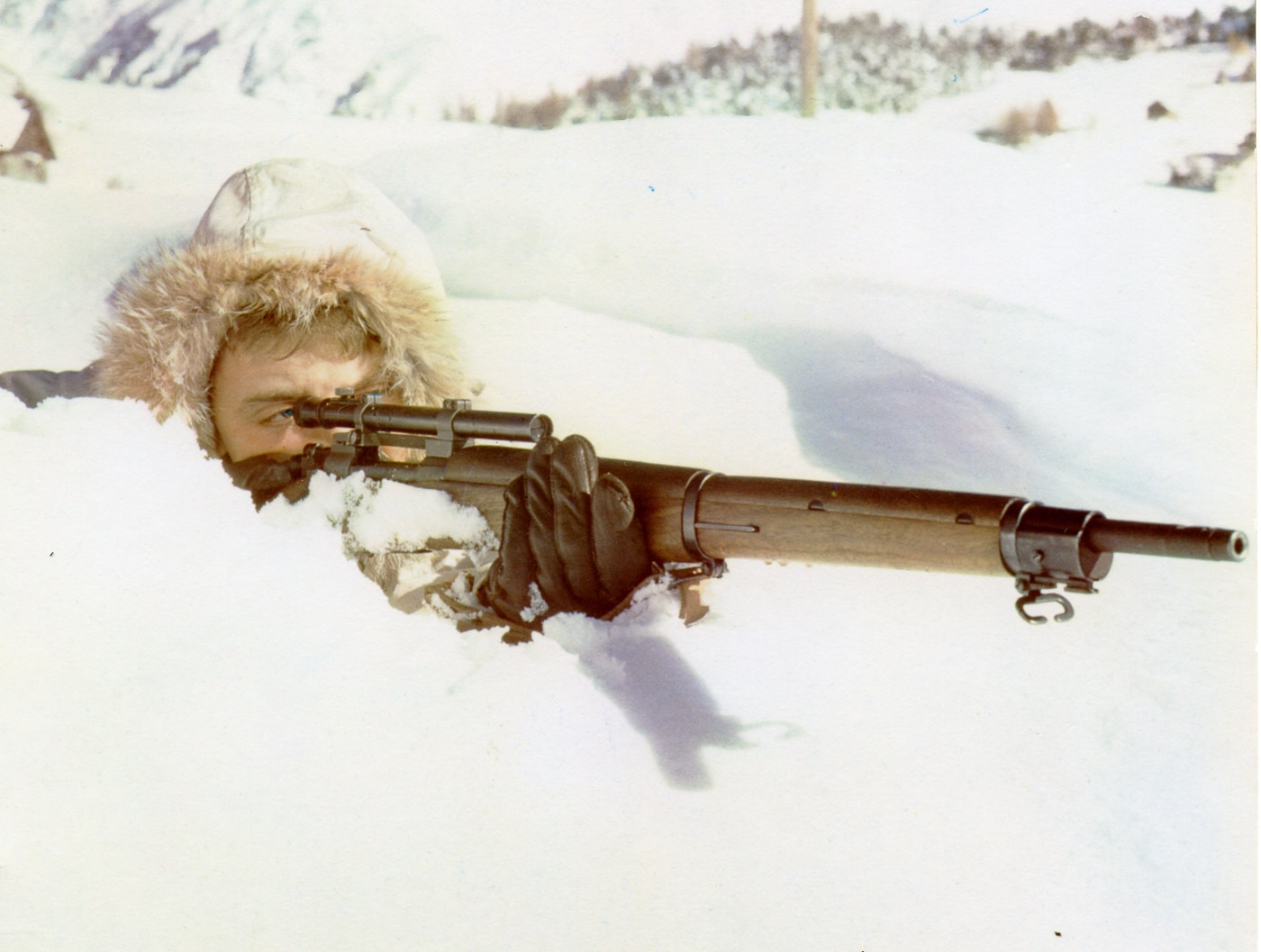
When the U.S. military needed in-the-field processing capability for color films, Kodak responded with Kodacolor negative films in late 1942. This represents much of what we see in U.S. color photography taken in the combat zones by Signal Corps photographers.
At the Front
Color film was also used by the troops themselves, and occasionally I have found a wartime color snapshot taken by a G.I. in the field (but they rarely reproduce well). The best of the amateur color images usually come from the men serving in the U.S. Army Air Forces — the overall conditions were better, and the photo processing was close by and correct.
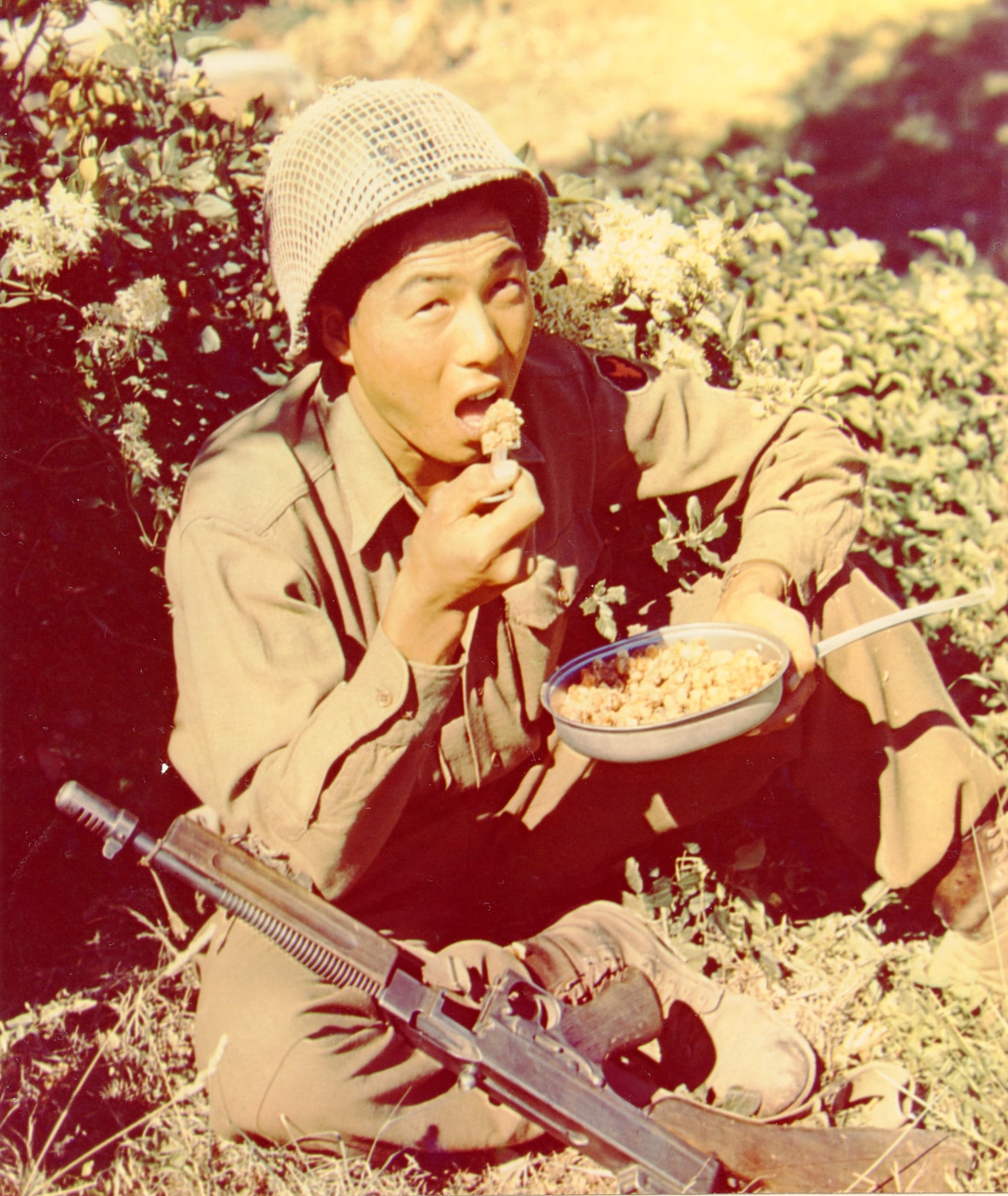
Unfortunately, that does little to serve the many firearms enthusiasts, craving to see an M1 rifle, Thompson SMG, or BAR in full color combat. Modern “colorized images”, despite the best efforts of the artful digital manipulators, always end up looking like the reproductions that they are.
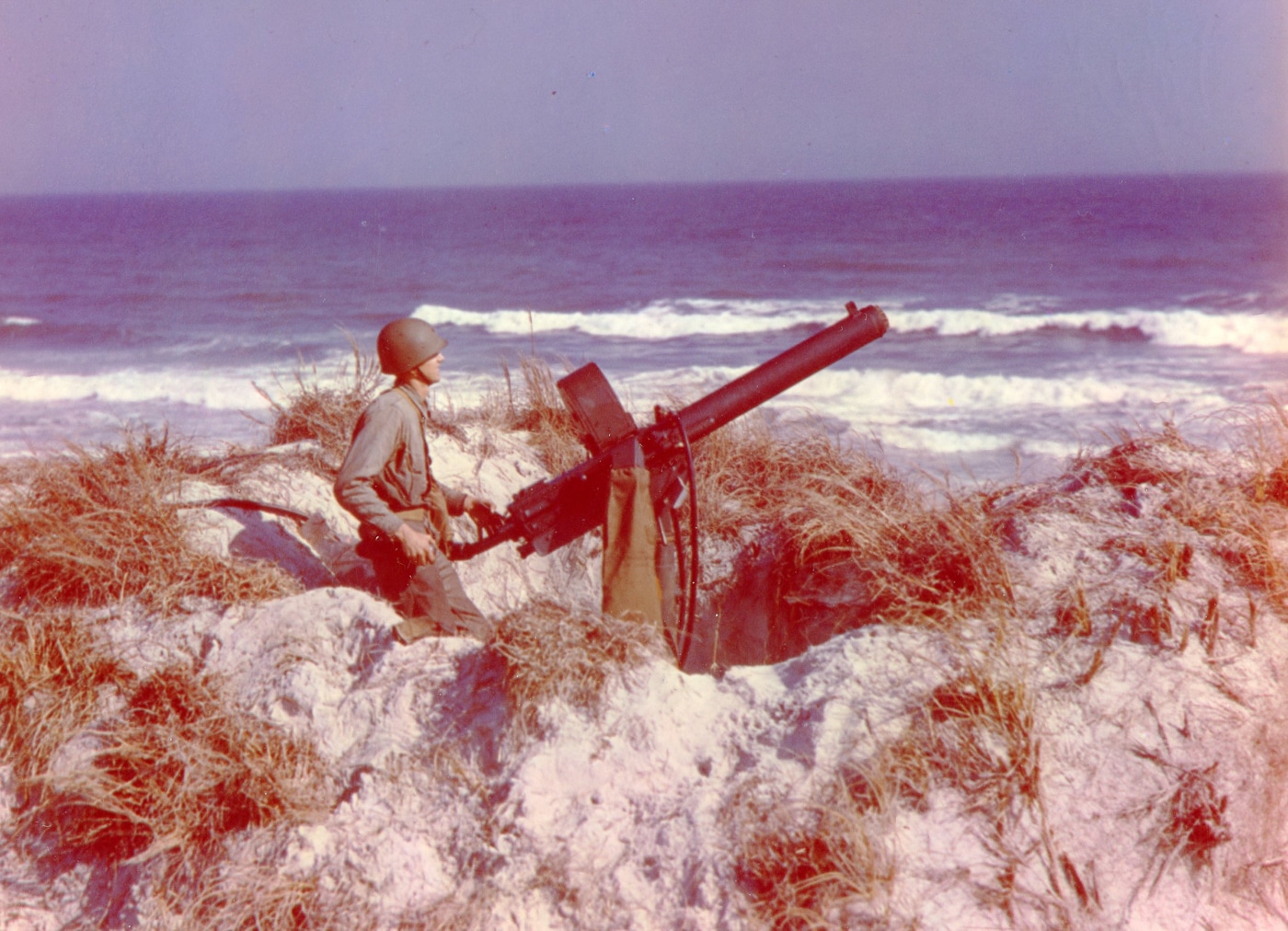
To give the readers of The Armory Life an authentic look at U.S. firearms in original World War II color, we scoured America’s image archives to find some of the best color photographs of the era.
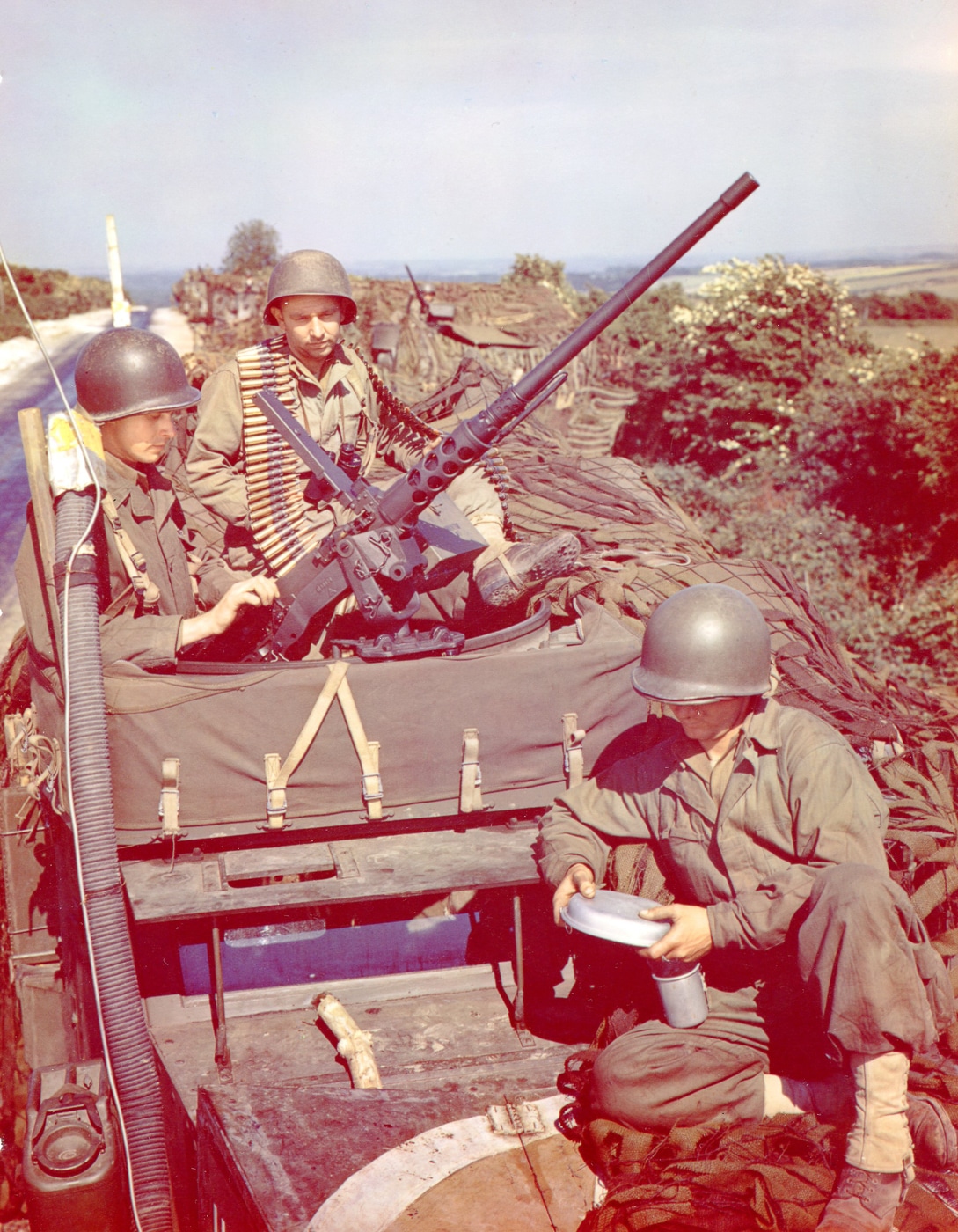
We present them here for your review and in remembrance of the fighting men who fought a full-color war for all of humanity, when the distinctions between good and evil were as simple as black and white.
Editor’s Note: Please be sure to check out The Armory Life Forum, where you can comment about our daily articles, as well as just talk guns and gear. Click the “Go To Forum Thread” link below to jump in and discuss this article and much more!
Join the Discussion
Continue Reading
Did you enjoy this article?

 366
366






